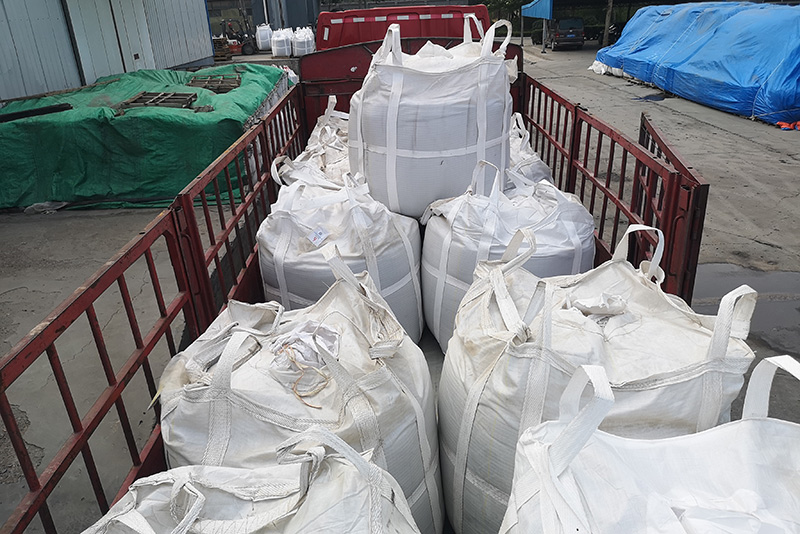The Difference Between Sand Casting and Die Casting
Casting is a pivotal process in manufacturing that involves the transformation of liquid metal into solid shapes. Among the various casting methods, sand casting and die casting are two of the most widely used techniques. Each method has its unique advantages and disadvantages, making them suitable for different applications and industries. In this article, we will delve into the differences between sand casting and die casting, exploring their processes, applications, and benefits.
1. Process Overview
Sand Casting Sand casting is one of the oldest casting methods, relying on sand as the mold material. The process begins with creating a pattern made of metal, plastic, or wood, which is then surrounded by sand mixed with clay and water to form a mold. The pattern is removed, and molten metal is poured into the cavity formed by the mold. After the metal cools and solidifies, the sand mold is broken apart to retrieve the cast object. This method is relatively simple and allows for the production of large parts.
Die Casting Die casting, on the other hand, involves forcing molten metal into a steel die under high pressure. The die is usually maintained at a temperature to ensure quick solidification of the metal. This method is highly automated, allowing for the rapid production of complex shapes with fine details and smooth surfaces. After the metal has cooled, the die is opened to eject the finished product. Die casting is best suited for high volume production due to its efficiency and speed.
2. Material Types
Sand casting can accommodate a wide variety of metals, including aluminum, bronze, iron, and other alloys. This versatility makes sand casting a preferred choice for producing larger and heavier components that require good mechanical properties.
Die casting primarily uses non-ferrous metals such as aluminum, zinc, and magnesium. The choice of these materials is due to their favorable properties when subjected to high-pressure conditions, enabling the production of high-strength components with excellent dimensional accuracy.
3. Precision and Surface Finish
When it comes to precision, die casting has a clear advantage over sand casting. The high-pressure method allows for tighter tolerances and more intricate designs. This results in a superior finish that often requires little to no machining after casting. Products made through die casting typically exhibit a smooth surface that reduces the need for additional surface treatments.
difference between sand casting and die casting

In contrast, sand casting generally results in a rougher surface finish. The nature of the sand mold creates more texture, resulting in a surface that often requires secondary processing to achieve a desirable finish. Furthermore, the tolerances in sand casting are generally looser, which might not be suitable for applications demanding high precision.
4. Production Volume
Sand casting is highly flexible and can be economically feasible for low to medium production volumes. The ability to quickly create new molds makes it suitable for prototypes and custom parts. However, for large-scale production, the time-consuming process can become a disadvantage.
Die casting excels in high-volume production due to its efficiency and speed. Once a die is fabricated, thousands or even millions of parts can be produced with minimal variation. This makes die casting an attractive choice for industries such as automotive, electronics, and appliance manufacturing, where consistency is key.
5. Cost Considerations
The initial setup cost for die casting is generally higher than that for sand casting, primarily due to the expensive dies and the machinery involved. However, the per-unit cost decreases significantly with higher production volumes, making it cost-effective in the long run.
On the other hand, sand casting tends to have lower initial costs, but this may lead to higher costs per unit if production volumes increase significantly, as new molds must be created for different designs.
Conclusion
In summary, both sand casting and die casting serve distinct purposes in the manufacturing sector. Sand casting offers flexibility and is ideal for low-volume or custom parts, while die casting is the go-to method for high-volume production with tight tolerances and smooth finishes. Understanding the differences between these two casting techniques allows manufacturers to choose the most suitable method for their specific needs, optimizing quality, efficiency, and cost-effectiveness.
Post time:12월 . 29, 2024 02:00
Next:Resin Coated Silica Sand Applications in Modern Industrial Processes and Technologies
